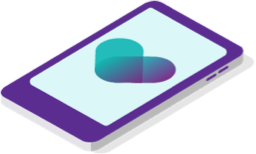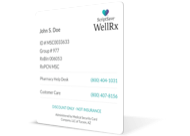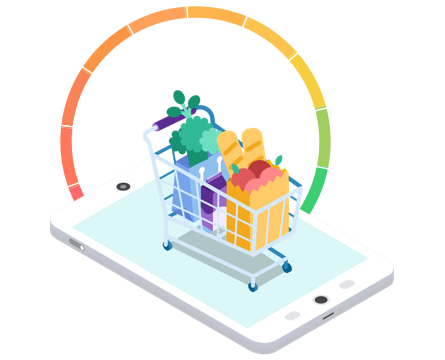Copyright 2024
Medical Security Card Company, LLC
All Rights Reserved
WellRx will never sell your personal information. Period. By signing up I agree to WellRx's terms of use and privacy policy.
Madalyn McCaulley, PharmD Candidate Class of 2022
University of Hawaii at Hilo, Daniel K. Inouye College of Pharmacy
October 07, 2021
Having blood sugar that’s too high or low is a problem many patients are unfamiliar with. This is an issue commonly seen in patients with diabetes. With the rise of diabetes, patients need to recognize the signs and understand what to do if their blood sugar is too high or low.
Hypoglycemia is defined as a blood sugar drop in blood sugar, commonly < 70 mg/dL. There are several possible causes, which include the following:
However, the most common cause is a side effect of medications used to treat diabetes.
If blood sugar is less than 70 mg/dL
Hyperglycemia mainly affects patients with diabetes. It’s defined as a rise in blood sugar, which is typically determined by a fasting blood sugar level ≥ 126mg/dL or a random sugar level ≥ 200 mg/dL.
Some common causes of high blood sugar are:
If symptoms are left untreated and blood sugar is allowed to increase, it could rise to life-threatening levels and cause Diabetic Ketoacidosis (DKA) or Hyperosmolar Hyperglycemic State (HHS). DKA is more common in patients with Type 1 diabetes, and HHS is more common in Type 2 diabetic patients.
The best management for hyperglycemia is to keep your diabetes under control. Some ways to do this are:
If you are having trouble maintaining a stable blood sugar level, talk with your doctor to see what options are available for you.
References:

For your convenience, use the ScriptSave® WellRx mobile app. Now savings are well in hand, right at the pharmacy counter. Save on your family's prescription medicines.
Learn More
Your choice. Get a ScriptSave WellRx Savings Card. Or Download the free mobile app from the App Store or Google Play Store
Get A Card
ScriptSave WellRx Grocery Guidance leverages leading-edge nutritional data science to help you know which food products on your grocery store shelf are truly good for YOU.
Healthy Foods For YouTags:

November 07, 2024

October 23, 2024

May 07, 2024
You need to log into the site to use this feature
This feature requires registration. Sign up or log in to your free WellRx account to gain access to this and other tools to help make managing your medications and wellness easier.
Benefits Include:
 Store & manage your medication list
Store & manage your medication list
 Medication pricing updates
Medication pricing updates
 Medication information
Medication information
 Pill & refill reminders
Pill & refill reminders
 Medication journal & mood log
Medication journal & mood log
This feature requires registration. Sign up or log in to your free WellRx account to gain access to this and other tools to help make managing your medications and wellness easier.
Benefits Include:
 Store & manage your medication list
Store & manage your medication list
 Medication pricing updates
Medication pricing updates
 Medication information
Medication information
 Pill & refill reminders
Pill & refill reminders
 Medication journal & mood log
Medication journal & mood log
You will be redirected to your program in 5 seconds.
Our Terms and Conditions and Privacy Policy have recently been updated.
By declining you will be logged out of your account